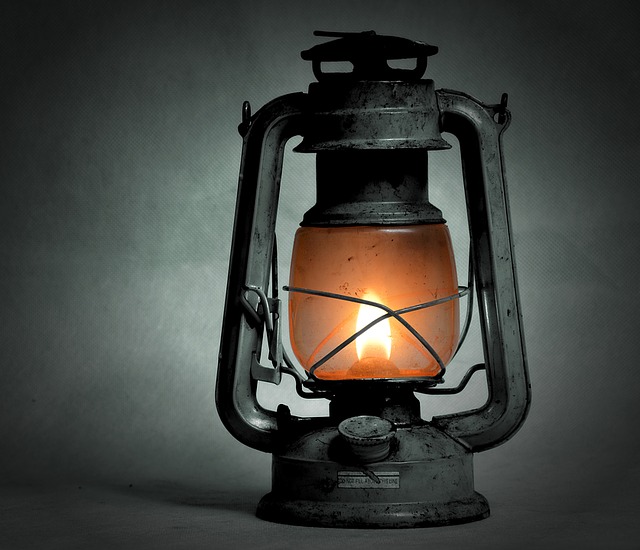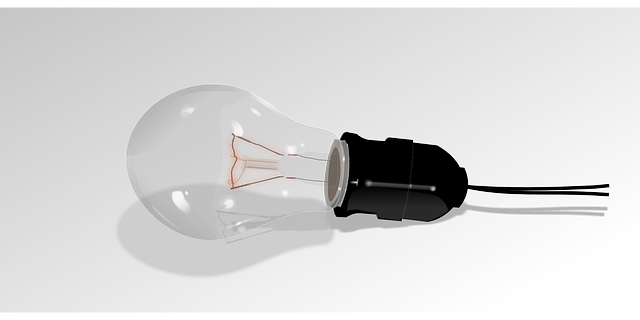Since prehistoric times, people have needed visibility at night. Initially, this was primarily for safety, so that guards could quickly detect approaching danger. For this purpose, a simple lantern with a stick dipped in resin that burned slowly was sufficient. But the people knew very well that they needed a perfect light that would allow them to see even the small handiwork they performed during the long autumn and winter nights. Therefore, they sought to improve and perfect different types of lamps.
How Fire Lit the Way
The most sophisticated lamp that utilized firelight was the gas lamp. The first gas lamp was lit in Prague in 1847, and the last one went out in 1985. 21]
Electrification changed working hours and hours of entertainment
Thomas Alva Edison invented the incandescent light bulb, completely revolutionizing artificial lighting. Edison discovered that when an electric current is passed through a tungsten conductor, some of the electrical energy is converted into heat and light. And if the tungsten wire is in a glass flask from which air is taken, it does not burn and emits a light so intense that it could easily replace all light sources in use at the time.
The invention of the incandescent light bulb and the subsequent electrification was such a radical feat that it changed all previous human habits. People no longer needed to go to bed “with the chickens,” no longer needed to fear walking the streets at night, and could do almost any work in the dark.
The first electrified building in the Czech Republic
1. the Daňkova strojírna in Prague (1881)
3. the Mahen Theater in Brno (1882)
4. the National Theater in Prague (1884)
Today, the use of classical light bulbs is being abandoned in favor of so-called “energy-saving” light sources. Although these light sources consume much less than classical bulbs, their production still imposes a significant burden on the environment and they cannot produce the so-called “daylight” colors compared to incandescent bulbs. This continued development of light sources does not mean the end of the Edison bulb; even in the age of LEDs and LED lamps, the Edison bulb, which has existed for nearly 140 years, will still find a place.